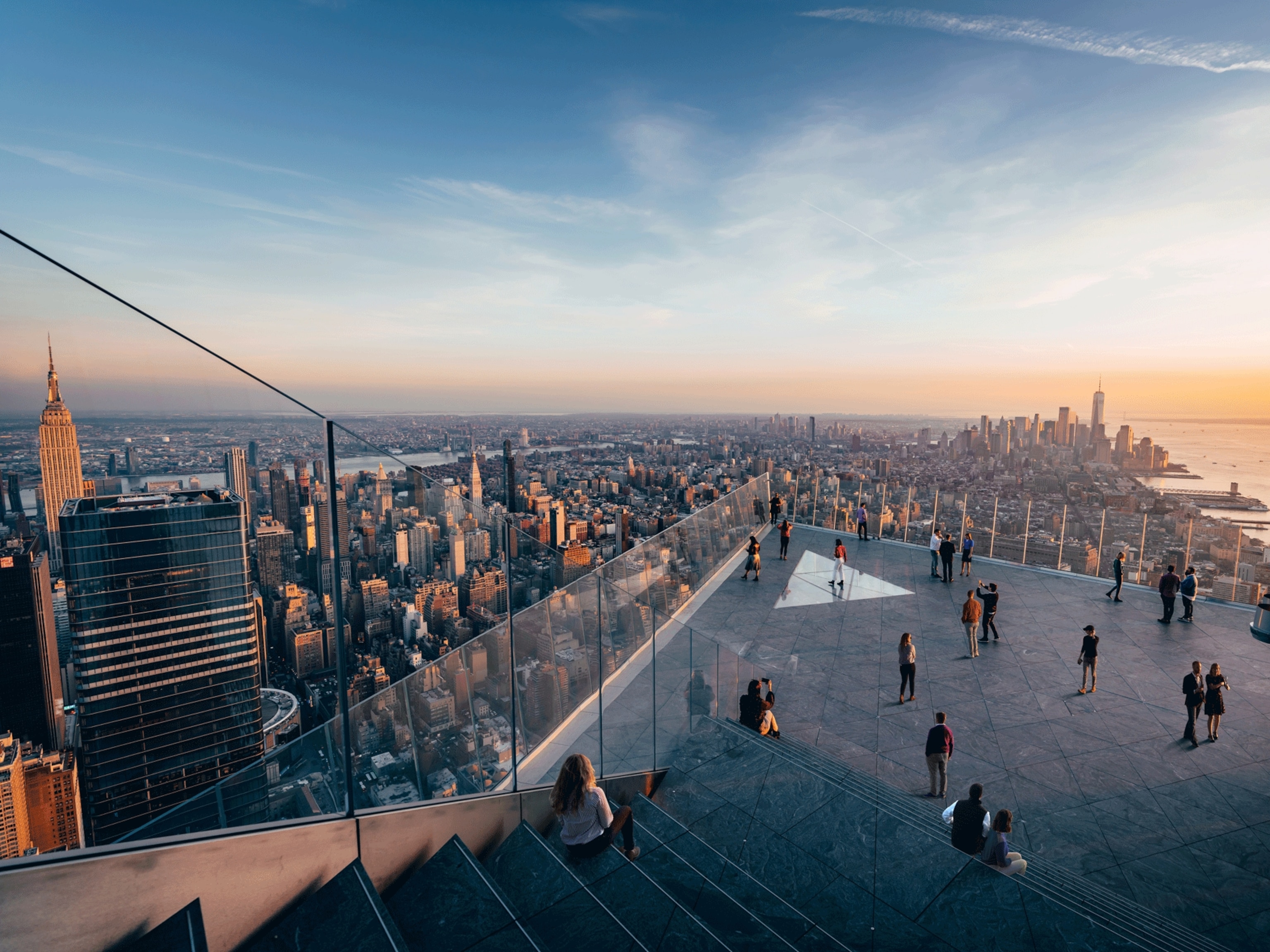
Spend the perfect weekend on Turkey’s sunny west coast
Colorful bazaars and ancient ruins beckon beyond the beach.
An hour’s flight from Istanbul, the city of Izmir overlooks the Aegean Sea on Turkey’s west coast. What stands out is how the ancient world still pokes through, how a mosque and a church can sit side by side, and how a woman in a burkini and a woman in a two-piece can wade into the sea on the same beach. Here’s how to plan a three-day excursion to multifaceted Izmir and the surrounding coastal region, featuring a kaleidoscope of Turkish delights. (Discover the best of Turkey.)

Day 1: Into modern Izmir
10 a.m. Start with cay (tea) or kahve (coffee), which come in small servings in Turkey, generally without milk. The coffee is a strong, sludgy bog in a cup; tea might be flavored or not—both are available in cafés and stalls throughout the city, usually costing no more than a few liras. The first stop should be the Roman agora, ruins of a public square dating to the fourth century. Although the site is being further excavated and expanded, you can still roam its archways and columns, imagining the daily life of ancient civilizations.
12 p.m. Meander the 500-year-old Kemeralti Market, a vast enterprise of open-air stalls and traditional shops selling items ranging from clothes to spices, juice to souvenirs.
3 p.m. Konak Square, with its intricately patterned clock tower built in the Ottoman style, is the city’s beating heart. The 117-year-old timepiece was a gift from German emperor Wilhelm II and is an architectural feast for the eyes. The small mosque on the edge of the square adds to the scene. The surrounding gardens are an oasis.
6 p.m. A stroll by the sea is virtually mandatory in a seaside town, and you can also pop in to the Konak Pier to find a movie theater, shops, and restaurants.

9 p.m. Kumpir, or jacket potato with toppings, doesn’t get the publicity in Turkey that it deserves. Try Atıştır Café, where you can point to whatever ingredients you would like jammed onto your baked spud. The possibilities are endless: corn, meat, sauces, vegetables, cheese. Go nuts.
Day 2: Romancing the ruins
10 a.m. For most travelers, Izmir is a launching pad to visit Ephesus. Take a bus or train to Selçuk, the nearest town, then change to a shuttle that drops you at the archaeological site. It’s a sprawling historical wonder, so be prepared to spend around three hours exploring. The sun is a fierce adversary; come armed with industrial quantities of water and sunscreen.
Ephesus has been inhabited since the Bronze Age but came to prominence as a Greek city in the sixth century B.C. The Temple of Artemis, one of the ancient wonders of the world, stood here. The city fell to the Persians and later to a marauding Alexander the Great. In its subsequent phase, it was absorbed into the Roman Empire, flourishing first under Augustus Caesar and then under Tiberius. In the first century A.D., as Christianity spread, the area became an important sphere of its influence. Gradually thereafter, the city fell into decline. (Visit Bodrum on a trip to the Turkish coast.)
The most imposing structures at the site are a Coliseum-like theater with a capacity of 25,000, where performances and gladiatorial games once took place; and the reconstructed Library of Celsus that held 25,000 scrolls. But the entire site merits leisurely exploration—from the ancient gymnasium to the baths.


There is a separate entry fee for visiting the terraced houses, and though you may be ruin-ed out by that point, you might as well go in to get a sense of domestic life in the Roman period. Once you exit from the top of the hill, take a horse cart back to the bottom, or walk the 1.8 miles back to the shuttle point.
4 p.m. Before returning to your base in Izmir, don’t forget to visit the Basilica of St. John by the station/bus stop. Atmospherically perched, it’s a ruin of one of the earliest churches in the region, and a glimpse into early Christianity. Just next door is the Isa Bey Mosque, quite unlike any other, built in the Seljukian style of the 1300s on what was perhaps once an Apollon temple, with elements adopted from Greco-Roman structures.
Once back at the bus station, you could do with a bite. Try pide, or Turkish pizza, a simple bread-and-cheese-with-toppings affair. When you return to Izmir, sample some of the region’s bounty of produce, from oranges to melons to apricots.
Day 3: Idle by the sea
10 a.m. There can only be a single agenda after the previous day’s historical onslaught: a relaxing day at the beach.
Visited mostly by locals, the little town of Urla can be found about 1.5 hours from Izmir. The bus journey from the station is itself a soothing segue into the beach fun to follow, a drive mostly along the water’s edge.
Hop off the bus when you see the swimsuit-clad folk do the same and it will lead you to vast stretches of sand dotted with holidaymakers. Beach chairs with umbrellas can be rented for the day. The sea is blue—very, very blue—and the air is hot—very, very hot. So when you enter the water, all sorts of heavenly sensations set in. The day must be punctuated with beer, available at bars on the shore. The water is matchless; shallow and perfectly temperate. Dinner can be had on the way back to the station at any fish and chips joint.






